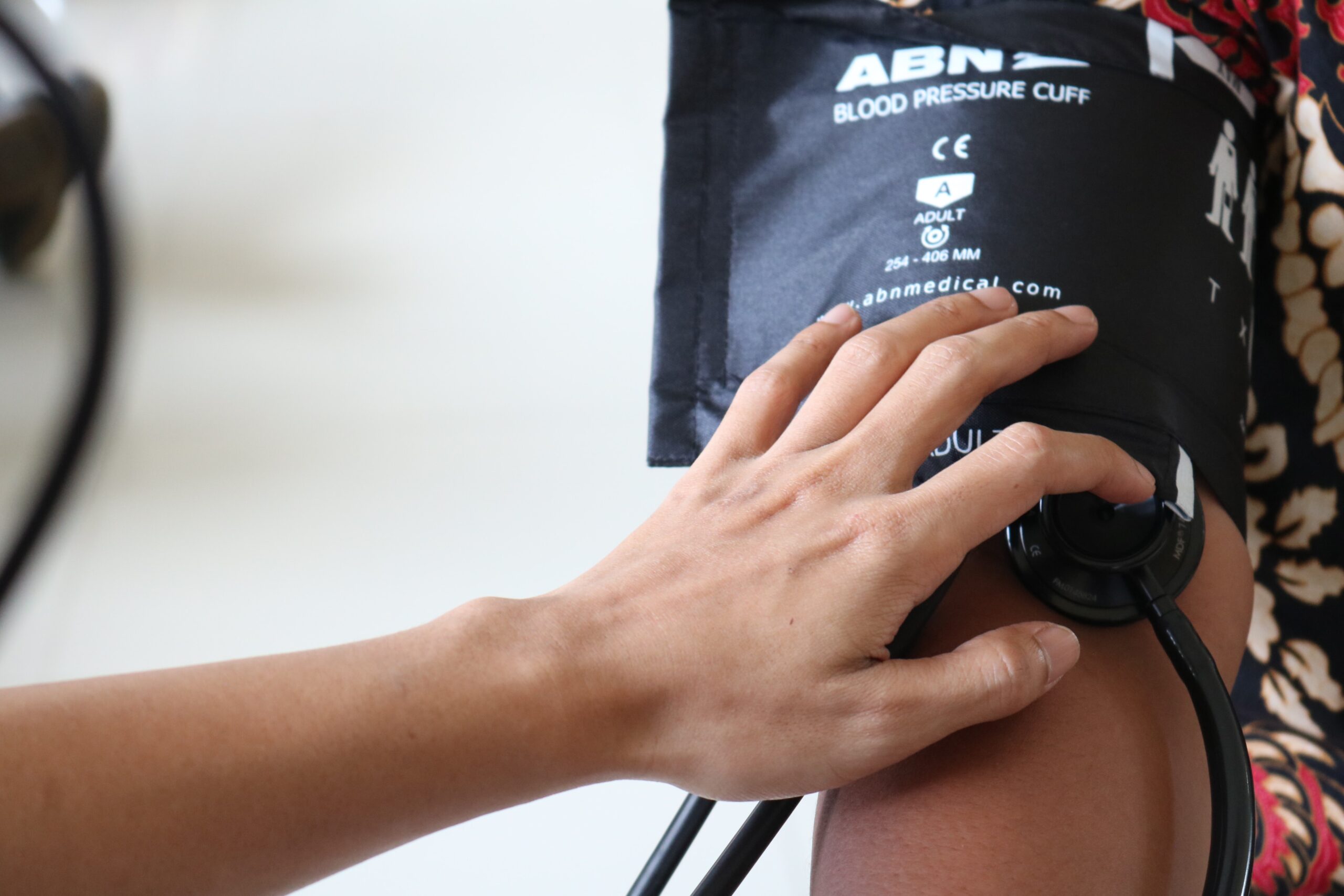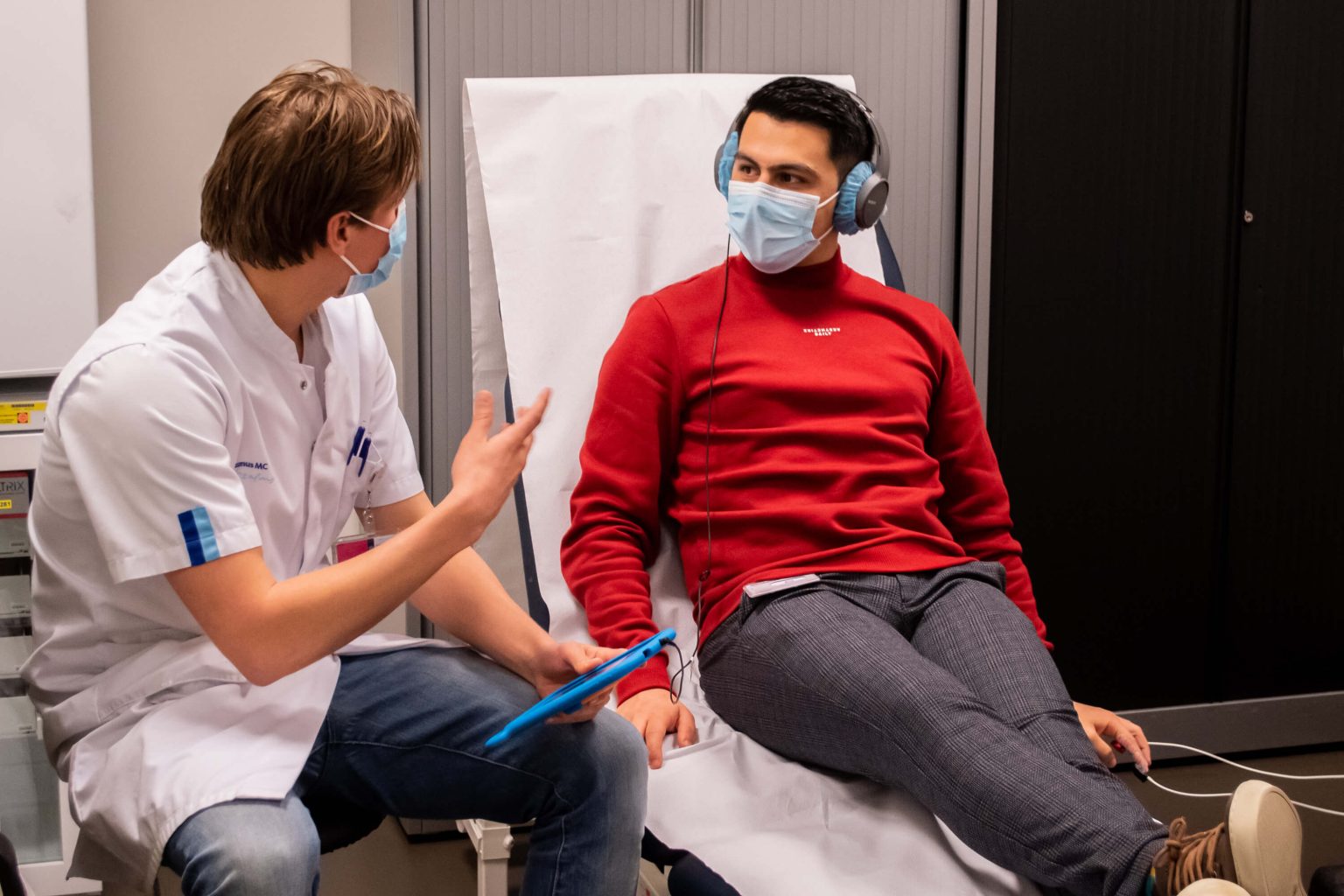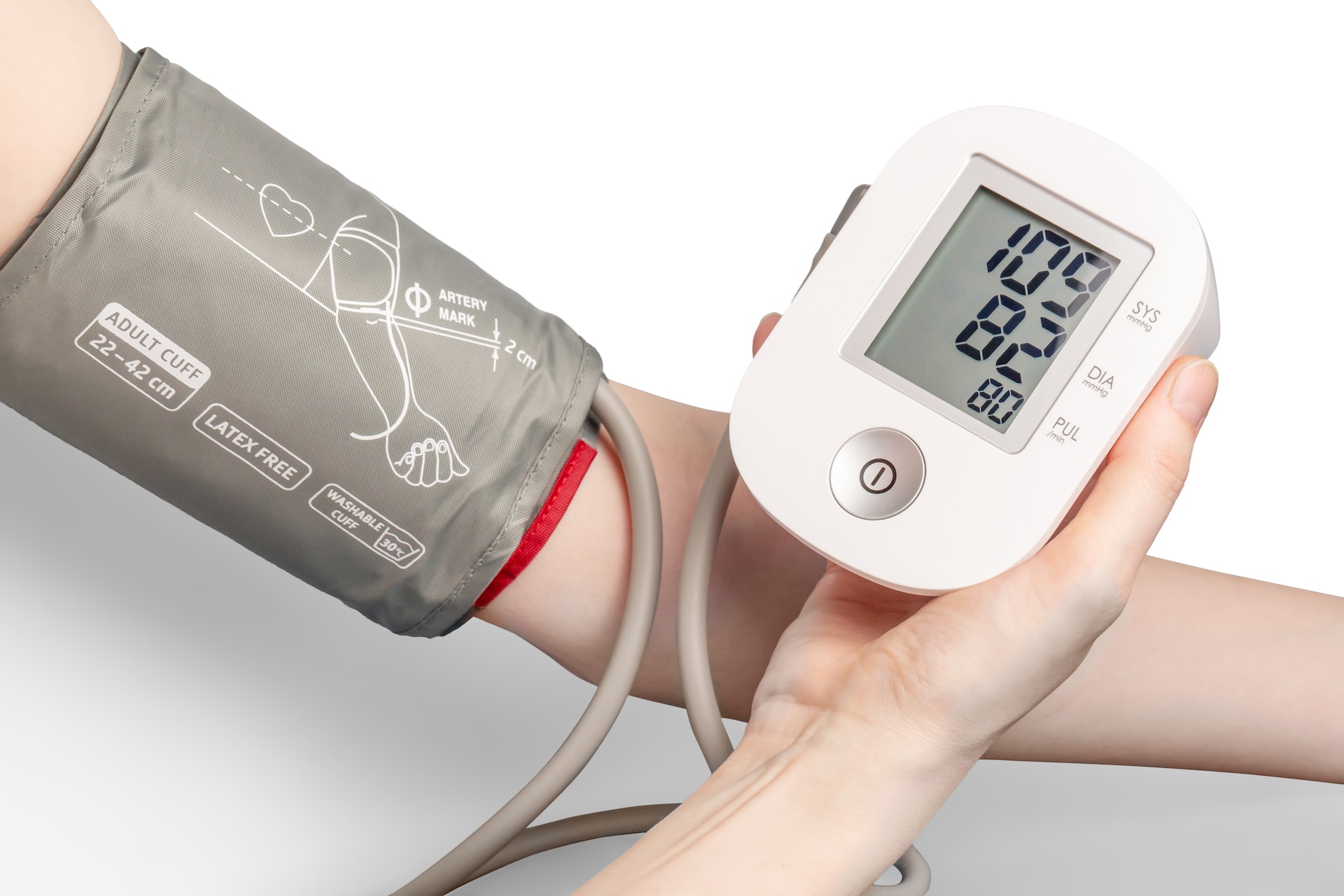In and out; oxygen and carbon dioxide; in and out. Breathing: it’s the first thing we do when we’re born and the last thing we do when we pass away. Breathing makes life possible by enabling us to burn energy. We inhale oxygen and exhale excess carbon dioxide.
Generally, we breathe in just enough oxygen and exhale an appropriate amount of carbon dioxide. However, it’s becoming more common for people to breathe incorrectly, especially when they’re not physically active, i.e., at rest. This can be a result of a dysregulated nervous system.
How is Breathing Controlled?
Breathing is one of the processes governed by the autonomic nervous system. This part of the nervous system automatically regulates processes without our conscious awareness, such as heart rate, blood pressure, digestion, and hormones. The autonomic nervous system consists of the sympathetic (accelerator) and parasympathetic (release the accelerator) systems.
Breathing is the only autonomous process we can consciously control. We can use our skeletal muscles to breathe deeper, faster, slower, or hold our breath. This is not possible for other processes. Can you consciously produce a hormone now? Or make your hair grow faster? Or send blood to your stomach to initiate digestion? Probably not.
Breathing is controlled as follows:
- The nervous system measures the concentration of carbon dioxide in the blood and regulates breathing accordingly.
- When the carbon dioxide concentration rises (due to physical activity), we breathe more. The sympathetic system then takes over.
- When we return to a resting state, we breathe less. The parasympathetic system ensures balance.

Breathing Issues
Prolonged stress, illness, and constant alertness can create an imbalance in the autonomic nervous system. The accelerator is easily found, but releasing it becomes challenging. This means that after physical and mental exertion, it becomes difficult to shift the body back to a relaxed state. Recovery and restoration become more challenging.
You may notice this in your breathing. People often report they are ‘breathing high’ or experiencing a sense of breathlessness. What’s happening is quite simple: after exertion, we continue to breathe as if we are still highly active. So, we end up breathing too much at rest for the body’s activity level. Breathing too much at rest is also known as hyperventilation.
Consequences of Incorrect Breathing at Rest
You’re likely familiar with the term hyperventilation, often associated with rapid breathing during a panic attack. Hyperventilation literally means breathing too much (Hyper = excessive; Ventilating = breathing). It is commonly misunderstood that situations like these involve a lack of oxygen, but that’s not the case. It’s actually the excess removal of carbon dioxide that has several important effects on the body. The surplus carbon dioxide needs to be expelled, but enough of it should remain.
Hyperventilation due to low carbon dioxide in the blood can lead to:
- Cold hands and feet
- Tingling sensations
- Palpitations and heart irregularities
- Painful and heavy muscles
- Dizziness
- Headaches
- Anxiety and restlessness
How Do We Solve It?
A dysregulation in the nervous system often develops gradually as the system adapts to its circumstances. This means that rectifying such dysregulation is possible but requires time.
Fortunately, breathing is the only autonomous process we can influence. Therefore, we can apply breathing exercises. We recommend doing this multiple times a day. The BioCheck breathing exercise serves two purposes:
- Optimize gas exchange
- Stimulate the parasympathetic system (relaxation)
In addition to breathing exercises, we use several tools to help you restore balance and normalize breathing. Through cardio training at the appropriate level combined with relaxation after exercising, the nervous system gradually learns to recognize what relaxation is. This brings the body back into balance. We also monitor breathing and training with objective data and guide you through the process.





